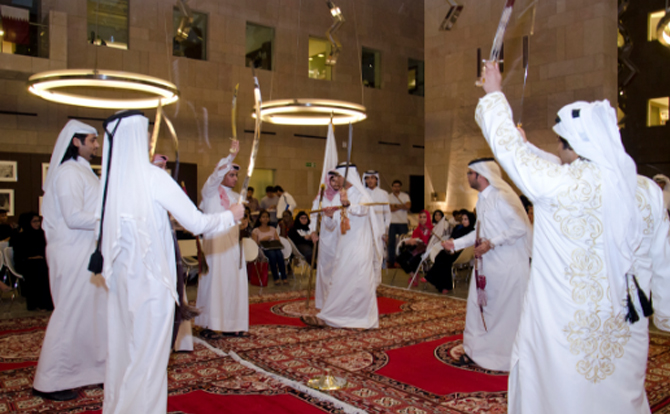
Qatar’s Cultural Heritage and Traditions
admin
- 0
kfoodfair2015.com – Qatar, a small peninsula nation in the Middle East, boasts a rich cultural heritage and a tapestry of traditions that reflect its history, values, and way of life. From its Bedouin roots to its modern-day achievements, Qatar’s culture is a blend of tradition and innovation, deeply rooted in Islamic principles and Arab customs.
Historical Background
Qatar’s cultural heritage is deeply intertwined with its history. For centuries, the region was inhabited by nomadic Bedouin tribes who roamed the desert, living off the land and raising livestock. The discovery of oil in the mid-20th century transformed Qatar’s economy and society, but despite rapid modernization, the country has managed to preserve its cultural traditions.
Traditional Clothing
One of the most visible aspects of Qatari culture is traditional clothing. Men wear the “thawb,” a long white tunic, often accompanied by a “ghutra,” a headdress held in place by a black cord called an “egal.” Women traditionally wear the “abaya,” a long black cloak, and cover their hair with a scarf. These garments are not only practical in the desert climate but also symbolize modesty and respect.
Cuisine
Qatari cuisine is a reflection of the country’s history and its interactions with other cultures. Traditional dishes include “machboos,” a mixed rice dish with meat or fish; “thareed,” a bread and lamb stew; and “madrooba,” a yogurt-based dish. Dates, a staple food in the Arab world, are also a significant part of Qatari cuisine.
Festivals and Celebrations
Qatar’s cultural calendar is filled with festivals and celebrations that highlight its Islamic heritage and Arab traditions. The holy month of Ramadan is observed with fasting, prayer, and nightly gatherings for communal meals known as “iftar.” Eid al-Fitr, which marks the end of Ramadan, is celebrated with feasts, gifts, and family gatherings. Other significant events include National Day, which commemorates the founding of the country, and various cultural festivals that showcase Qatari arts, music, and crafts.
Arts and Crafts
Qatari art and crafts are a testament to the country’s cultural heritage. Traditional crafts include “sadu,” the weaving of intricate patterns on fabrics and carpets; “tarsheeh,” the art of inlaying wood with mother-of-pearl; and “khatt al-arab,” or Arabic calligraphy. These crafts are not only preserved but also promoted through cultural institutions and events.
Modern Qatar and Cultural Preservation
Despite rapid modernization, Qatar has made significant efforts to preserve its cultural heritage. The Qatar Museums Authority, established in 2005, is dedicated to promoting the country’s cultural heritage through museums, galleries, and public art projects. The National Library of Qatar also plays a crucial role in preserving historical documents and promoting literacy and cultural education.
Conclusion
Qatar’s cultural heritage and traditions are a source of pride and identity for its people. From traditional clothing and cuisine to festivals and crafts, these elements reflect the country’s deep-rooted values and its ability to adapt while preserving its past. As Qatar continues to develop and open up to the world, its commitment to cultural preservation ensures that its rich heritage will be celebrated and passed down for generations to come.


